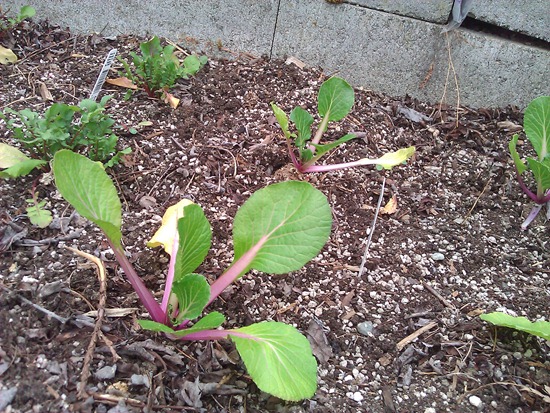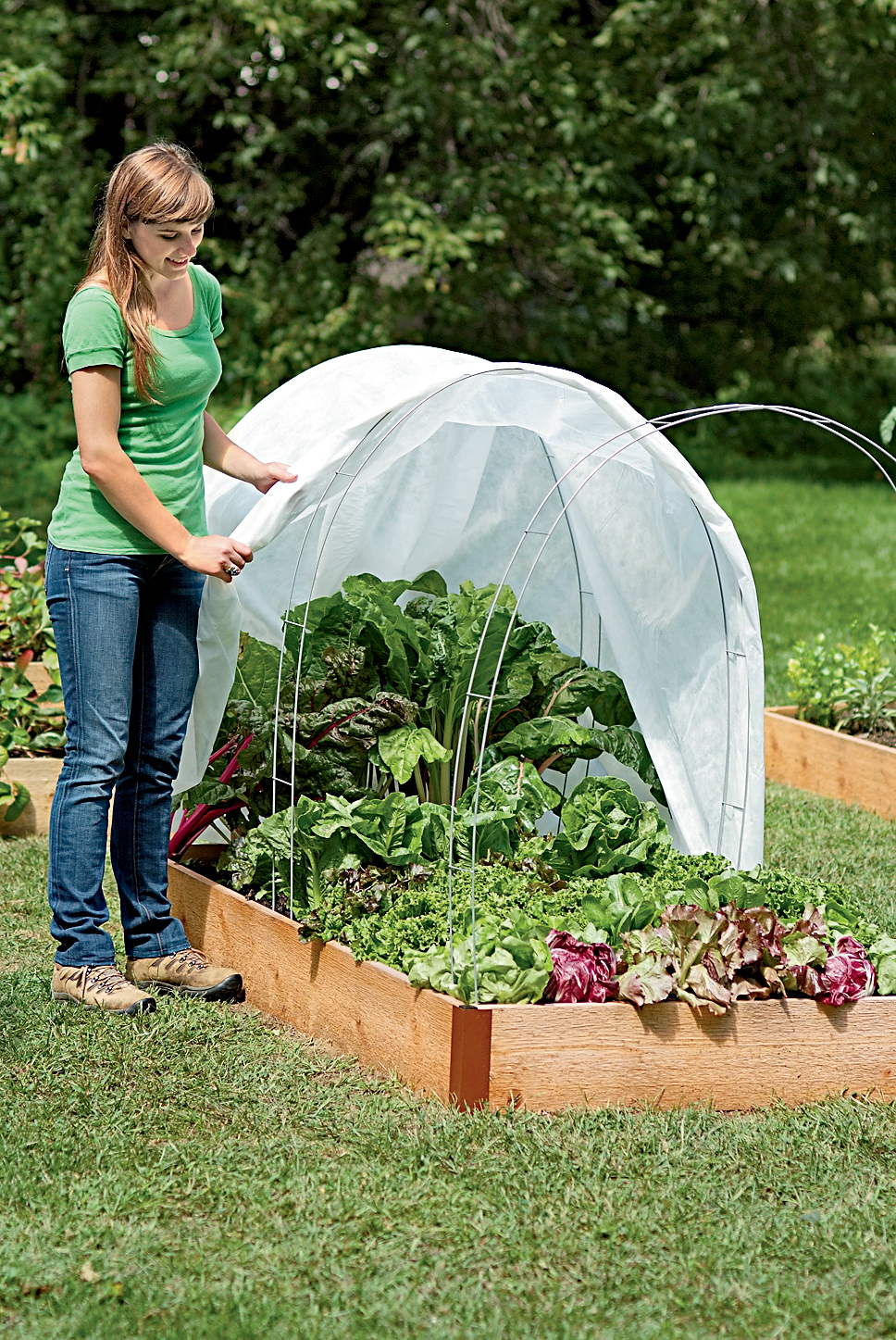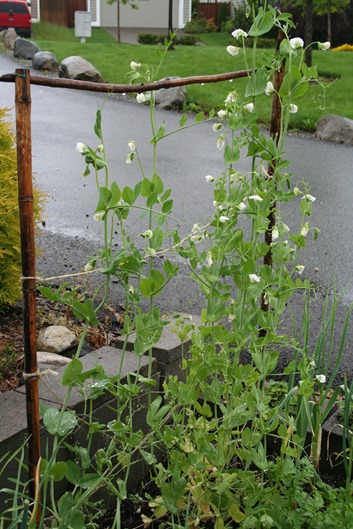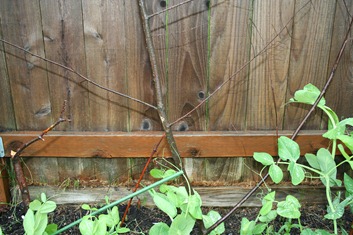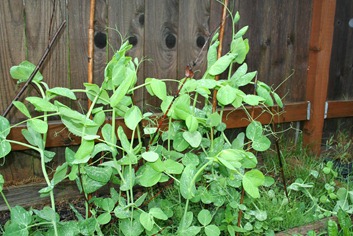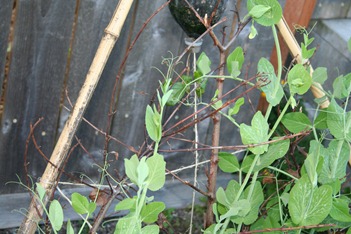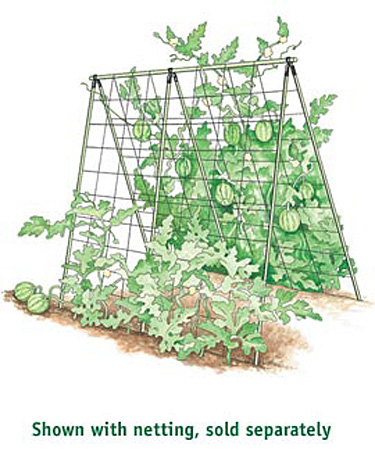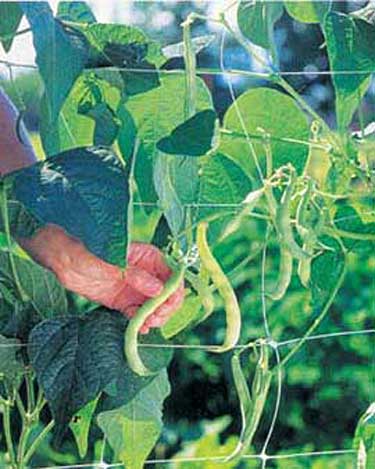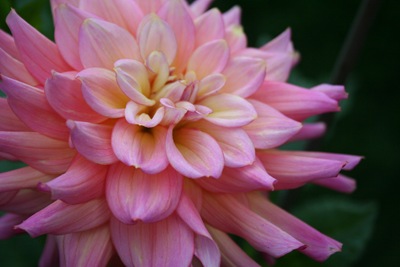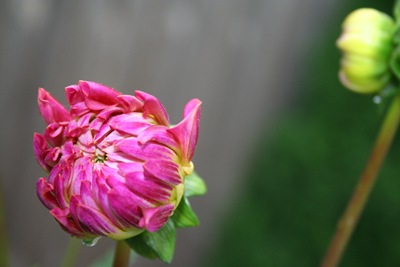How to start a winter vegetable garden
12.6 years ago broccoli, cold season crops, fall crops, freezing, leeks, lettuce, onions, spinach, winter garden
Why let your gardening season end, with a little creativity there are many vegetables that can continue growing right through winter. I find this fun as wells of a rewarding challenge bringing in some great produce from my garden all year round.
Choosing your winter vegetables
First we need to determine what vegetables to grow, given temperature and lack of light will be a reality we will have to go with the colder tolerate spring/fall options. below are some of my favorites and their typical hardy temperatures.
Arugula: Hardy up to 15F (-9C). Not only is this the most profitable vegetable to grow per square foot it is a tasty and nutritious addition to your garden salads a very good source of vitamin A/C/K, folate, calcium, iron, magnesium, phosphorus, potassium and manganese.
Beets: Hardy up to 20F (-7C). With beets you have a couple of options, eat the roots which are an excellent source of folate, potassium and manganese. The other option is to eats the beet greens which are an excellent source of vitamin A/C/E/K/B6, thiamin, riboflavin, calcium, iron, magnesium, potassium, copper and manganese
Bok choy: Hardy up to 24F (-4C). Bok choy is a great source of vitamin A/C/K/B6, riboflavin, folate, calcium, iron, magnesium, potassium and manganese.
Broccoli: Hardy up to 10F (-12C). So many options here and great eat fresh and if you get too much at once it is easy to freeze your excess crops while being a great source of Vitamin A/C/K/B6, folate, potassium and manganese.
Brussels Sprouts: Hardy up to 0F (-16C). If the thought of Brussels sprouts sicken you, don’t give up on these until you try some fresh from your garden. As an added bonus this is a great source of vitamin A/C/K/B6, thiamin, folate, potassium and manganese.
Cabbage (Winter): Hardy up to 5F (-14C). Use for raw for coleslaws or cooked in stews or soups to add some vitamin C, folate, potassium and manganese to your next meal.
Carrots: Hardy up to 15F (-9C). Great in salads, stir-fry, or raw as a quick snack and is also a great source of Vitamin A/C/K and potassium
Collards: Hardy up to 24F (-4C). Great sautéed with a little oil with salt and pepper and a great source of vitamin A/C/E/K/B6, riboflavin, folate, calcium and manganese.
Endive: Hardy up to 5F (-15C). Great addition to salads as well as making or a great addition to sounds. Endive is high in vitamin A/C/K, thiamin, riboflavin, folate, pantothenic acid, calcium, iron, potassium, zinc, copper and manganese.
Kale: Hardy up to 8F (-13C). Sauté as a great side or even bake to make some delicious Kale chips and is high in vitamin A/C/K/B6, calcium, potassium, copper and manganese.
Kohlrabi: Hardy up to 15F (-9C). The taste and texture of kohlrabi are similar to those of a broccoli stem or cabbage heart, but milder and sweeter, with a higher ratio of flesh to skin. The young stem in particular can be as crisp and juicy as an apple, although much less sweet1. Kohlrabi is a great source of vitamin C/B6, potassium, copper and manganese
Garlic: Hardy up to 8F (-13C). One of the most useful aromatics to use in your kitchen and high in vitamin C/B6 and Manganese.
Leeks: Hardy up to 8F (-13C). Great additions/bases for many soups and stocks. Has flavor of onion though not quite as overpowering. It is also a great source of vitamin A/C/K, folate and manganese.
Lettuce: Hardy up to 24F (-4C). Staple for a quick winter salad. Choose varieties with darker leaves for more nutritious goodness of vitamin A/C/K, thiamin, folate, iron, potassium and manganese.
Onions (Bulb): Hardy up to 0F (-18C). Plant these out this fall/winter for some nice large bulbs next spring summer. These provide a great deal of versatility and vitamin B6, folate, potassium and manganese, and a very good source of Vitamin C.
Onions (Bunching): Hardy up to 10F (-12C). Plant a bunch of these and your garden and they will continue to spread and provide additional produce to your kitchen. With just a little bit of protection you can have onions all winter.
Peas: Hardy up to 35F (2C). Can be shelled and cooked and eaten as is or added to some nice soups in the wintertime or kept in the shells and eat raw or a great addition to a nice stir-fry. Peas also provide vitamin A/C/K, thiamin, folate, iron and manganese.
Spinach: Hardy up to 8F (-13C). Just recently got turned back to eating spinach, previously just used in an occasional salad but now I add to omelets every morning for some great taste but are also packed with nutritional potency being a very good source of protein, vitamin A/C/E/K/B6, thiamin, riboflavin, folate, calcium, iron, magnesium, phosphorus, potassium, copper and manganese.
Swiss Chard: Hardy up to 20F (-7C). Vitamin A, Vitamin C, Vitamin E (Alpha Tocopherol), Vitamin K, Riboflavin, Vitamin B6, Calcium, Iron, Magnesium, Phosphorus, Potassium, Copper and Manganese.
When can you actually grow these vegetables
Now that found the vegetables you want to grow now is a good time to check those hardy temperatures of the vegetables you have chosen compared to your average winter temperatures. If your average low for the day is going to fall at or below that limit you may want to consider skipping that one or invest in a little protection.
Using a site like WeatherSpark, you can determine what your average low is for your area and then determine what vegetables you can grow during the winter. As you can see above on average in my area the average low is 36F which allows me to grow most of the cold season vegetables mentioned above. Though it is possible to get an occasional cold streak which cold mean death to my vegetables over the winter.
By using some row covers you can provide a little extra temperature (5-10F) depending on the thickness of the plastic and the volume of air you are attempting to keep warm. The thicker the plastic the better the temperature retention though allows less light to get through. For my area I am going with 2.5mm which should provide some decent protection while still allowing needed light in. When things really go bad you can also supplement with a light blanket at night and/or a couple strings of regular old Christmas lights (no LEDs for this application) to provide a few more degrees.
How to start your vegetables
Though your plants may grow well in the low temperatures germination can be incredibly slow at lower temperatures even for cold weather plants. For this reason you should start your vegetables indoors and bring them outdoors with some minimal hardening off.
As a general rule here are the plants you should be able to start as seeds in the ground now (September):
- Carrots
- Garlic
- Lettuce
- Onions (sets for green onions, seeds for spring onions)
- Radishes
- Spinach
Other plants should be started indoors and planted out as starts. These can be brought out right now so check you local grocery store…this time of year I have found 4-packs of winter vegetable starts as low as $0.25 as the stores are making room for the Halloween pumpkins coming in. Since you will want a continuous harvest you can also start seeds now and every few weeks for a constant supply of winter vegetables all winter long.
Summing things up
By taking maturing and harvest time into account and creating continual planting you should supply yourself with delicious and nutritious selection of vegetables all winter long. I was going to go into what I am growing this year…but this post is already getting long so will write about that later…
How to Extend Your Gardening Season to Enjoy Fall Vegetables:
13.6 years ago fall crops
Most avid gardeners will tell you that planting crops in the summer can produce some wonderfully tasting vegetables. However, many of us are guilty of becoming too complacent with crops during fall months, leaving them diseased and unhealthy. It’s essential that harvesting is continued throughout cold winter months, to ensure vegetables have the best chances of growing naturally and healthily. In fact certain vegetables prefer to grow during cold and frosty conditions notably, leaks and potatoes. So it is always wise to ensure your harvesting areas are kept well looked after all year round. You may need to consider storing vegetables within a potting shed if it’s too early for them to be planted; this will keep them out of the way and well sheltered.
Many fall vegetables can be grown at home, some of which are; lettuce, turnips, leaks, and pumpkins. These crops can be planted during mid-summer once you start to harvest you other vegetables. Early in the summer you should think about what to plant for arrival in the fall. Leeks are one crop that actually survive the frost and thrive in cold weather. The problem is they should actually be planted early on in the year but harvested in the cold months such as late October or November. This means you would have to maintain this crop throughout the spring and summer months as well. They can be planted outside as soon as the soil is dry enough. Butternut squash is another that will keep well with frost and can be harvested in the cold. They are actually sweeter when picked in the cooler temperatures. Just be sure to harvest them before the ground gets frozen solid.
To keep fall crops efficiently maintained throughout the summer and into the colder months, they should be planted indoors, allowing them to become seedlings more readily. Place them in the ground once they are a couple inches tall and can withstand the elements. In order to avoid drying out during the summer months it is best to cover your crops in straw or even hay. This will help retain moisture in the soil as much as possible. Once the frost arrives you should keep a close eye on your plants. Some of the plants survive well in frost just as long as the ground doesn’t get frozen solid. Depending on the plant some of them may prefer to be covered with cold frames or tents to avoid the cold shock. You can use an old window frame on legs with a transparent sheet or simply drape transparent sheets over your plants. Make sure it is transparent enough to allow sunlight as this will create a greenhouse effect and keep temperatures warmer underneath.
It may be clear now that vegetables from a home garden can be enjoyed throughout the year. Nevertheless, the only way to achieve this is to maintain your garden throughout the late summer and fall months and carefully choose plants that survive well into the colder months of the fall and winter. As mentioned before plants such as leeks and butternut squash are at their best when harvested in the colder months. Butternut squash is an easy plant to care for in the fall time and only requires harvesting once the frost starts to arrive. Leeks on the other hand can withstand much of the cold of fall and winter but require much longer growing times than other vegetables. Yet, with careful decision making and maintenance of plants in late summer and fall you can almost certainly enjoy these vegetables fresh from your garden even when it’s cold outside.
Robin Hay is an editor/writer working on behalf of tiger sheds. Over the last 12 months he has written numerous articles relating to gardening matters which aim to educate newcomers to the garden environment. To view more of his work please visit – http://www.tigersheds.com/garden-resources/
Building a Pea Garden Trellis
13.9 years ago cheap, fall crops, peas
When building a pea trellis it is actually pretty hard to do it wrong. All that is needed is a little stability and once the plants grab hold they will make the structure even more stable. My typical strategy when making a pea trellis is to use whatever I happen to find closest to me. Here are a few examples from past and current years of building
As you can see when it comes to making your own pea trellis it is very difficult to do it wrong. So do a quick scan around your yard and you should find exactly the materials you need. Though if you want something a little more professional looking there is always the commercial options (click images below for more info) which I would definitely recommend as well.
Tags: cheap, garden trellis
Late bloomers
14.6 years ago fall crops
Last February my 7-year-old daughter and I attended the Northwest Flower and Garden show for the first time, which is back on next year if you haven’t yet heard the good news. During our visit my daughter purchased a single dahlia tuber from Swan Island Dahlias.
We carefully followed the detailed planting instructions and it grew to about 5 feet by the end of the summer, though there were no blooms emerging. With Fall coming upon us we both were getting a little worried we wouldn’t see anything this year. Fortunately the plant finally started sharing some late blooms while the rest of our garden is more in the dying off state.
Tags: led, outdoor plants
Planting your second (fall) cold season crop
15.6 years ago cold season crops, fall crops
With my tomatoes changing colors and having a consistent harvest of cucumbers it is now time to start thinking about a second season crop of cold season vegetables. If you were less than successful with your spring cold season crop as I was, definitely consider giving a fall crop a try. There are many advantages since pests are less active and temperatures decrease and will lower temperatures and more rain it is a pretty low labor harvest. The cool weather can also help pull the sugar out and give you much sweeter veggies compared to your spring crop
If I have already convinced you to start a fall crop the important thing is timing, though many of the cold season plants can survive a couple light frosts you should start your planting 6-8 weeks before you first fall frost. You can extend your growing season (or take it through the whole winter) by providing some plastic covering for a little added protection. If you want more information of having fresh vegetables all winter long I recommend checking out Four-Season Harvest: Organic Vegetables from Your Home Garden All Year Long
Your choices for what to plant are basically the same as what you may have planted early last spring. Some of my favorites are lettuce, spinach, Swiss chard, beets, carrots, broccoli, cabbage, cauliflower, Brussels sprouts, scallions, and radishes.
With a little planning and minimal effort you can continue to harvest inexpensive produce with minimal effort.
Tags: organic vegetables, outdoor plants, tomato plants, vegetables
